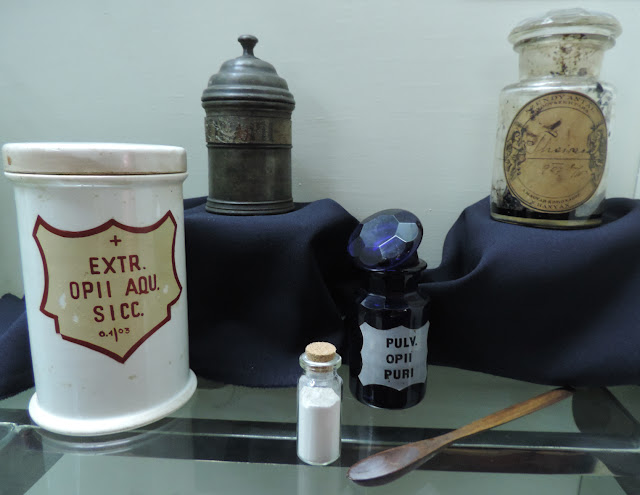Linocut is tricky and messy (at least in my case:), so designing a callendar in this technique went through several stages. At first, I though I would print all 12 pages and then have them scanned and multiplied. Naturally, there were mistakes (the writing backwards part gets me every time). They might have been photoshoped, as I was happy with some of the monotipy effects. Still, the question of funding remained unresolved....
Then, I tried to have a one-sheet calendar, with all 12 pages on a single sheet for printing economy, but that proved too crowded. The difference in page color was also difficult to manage for a Photoshop amateur as myself.
So, the third variant was the simplest and cheapest, of a table top calendar with one element in linocut and the dates printed and attached. The folding was not so easy, but I figured it out eventually, so there it is: the calendar for all Dacian lovers, as the chosen motif is the ancient war standard of the Dacians, the Draco, that can be bought from my online store, at http://atelieruldeistorie.ro/calendar-2016/
























